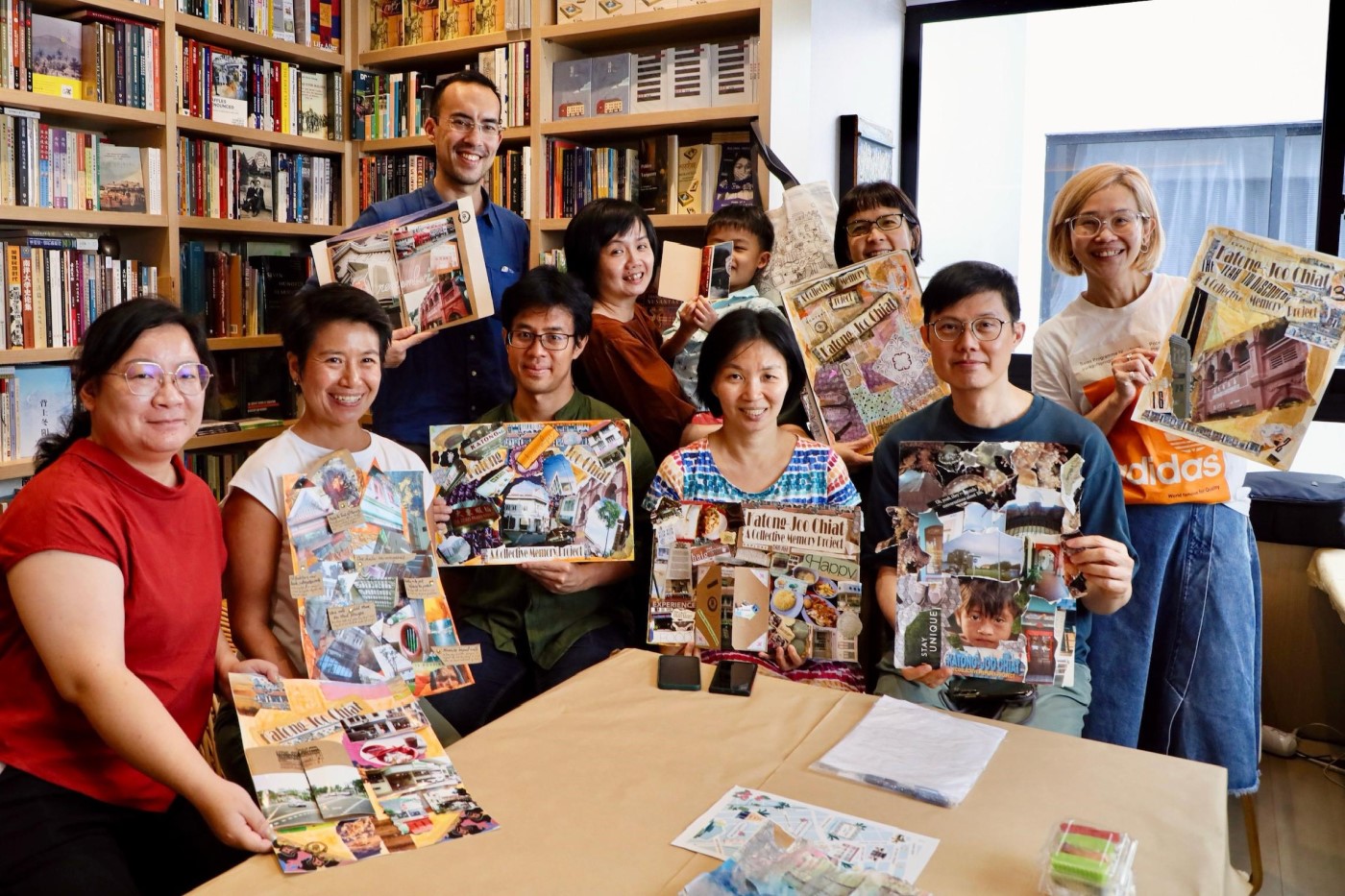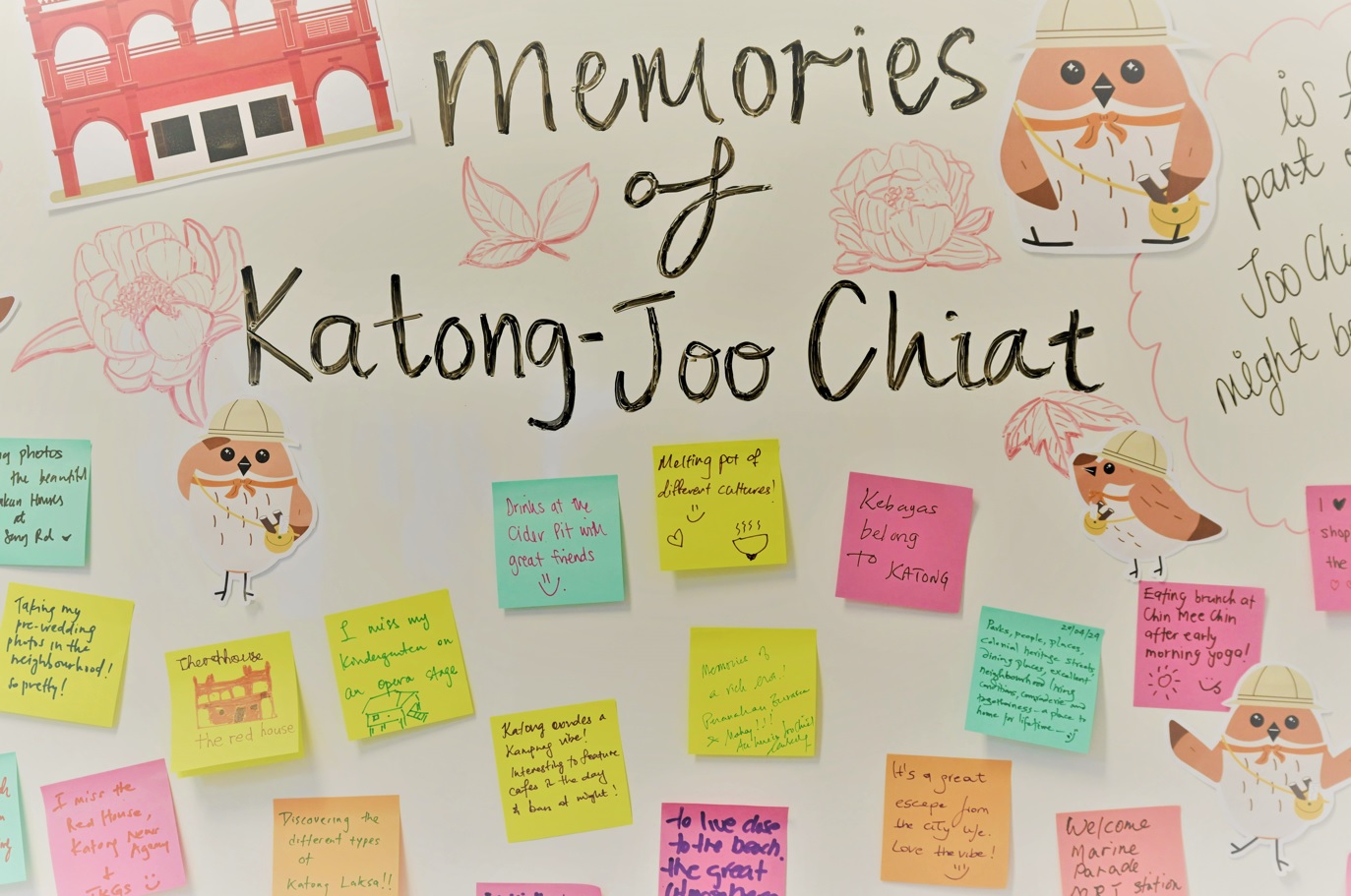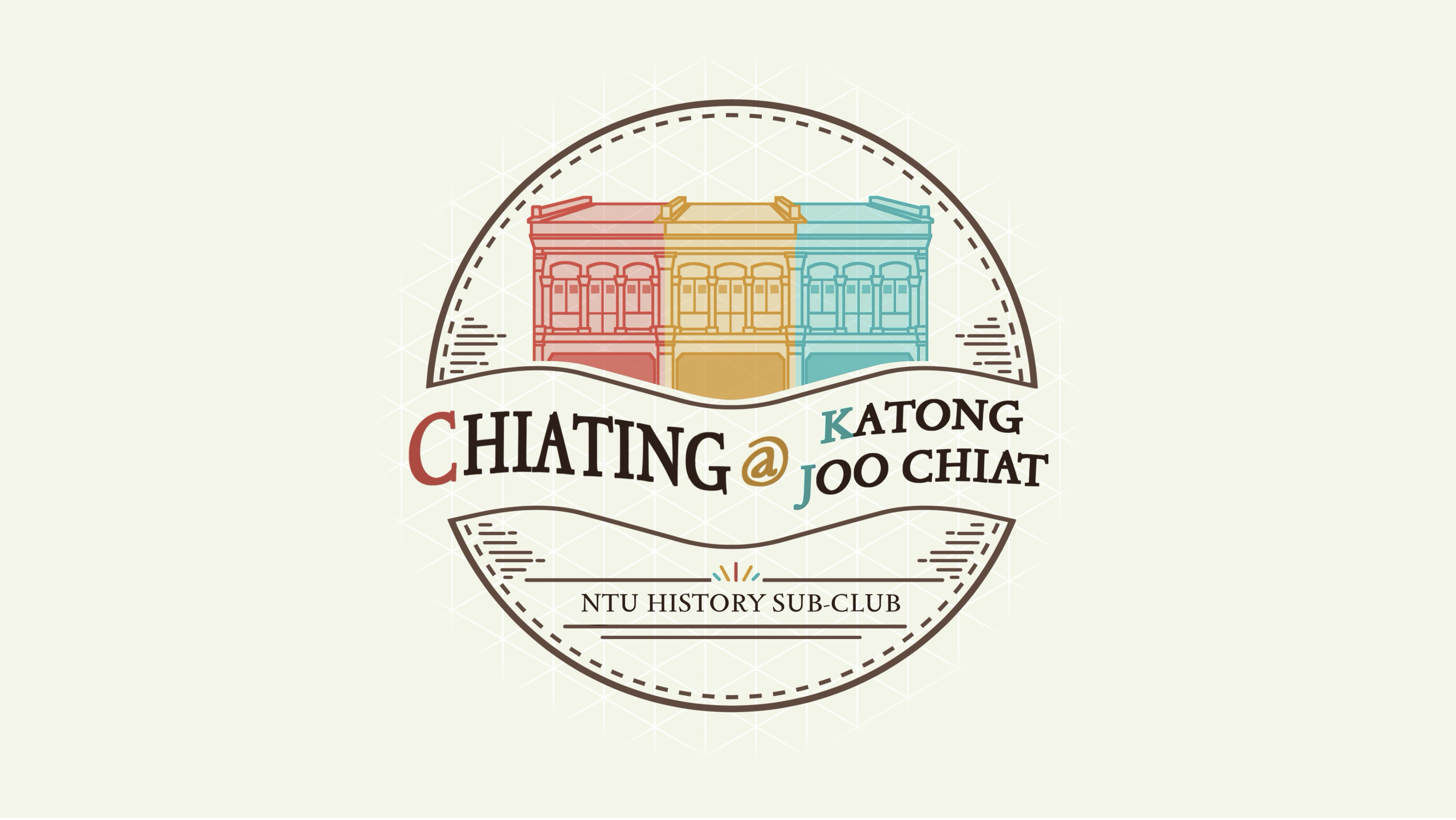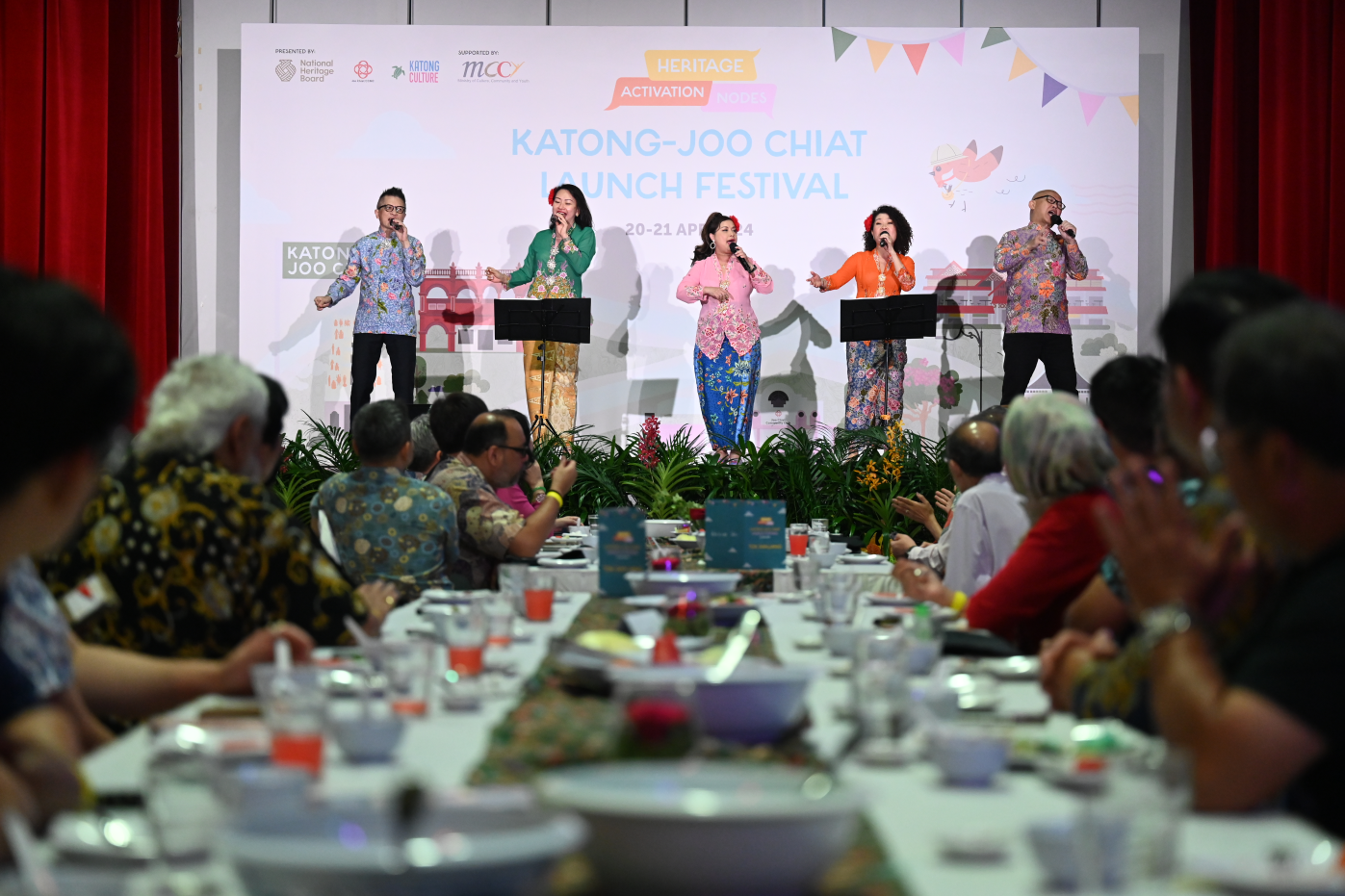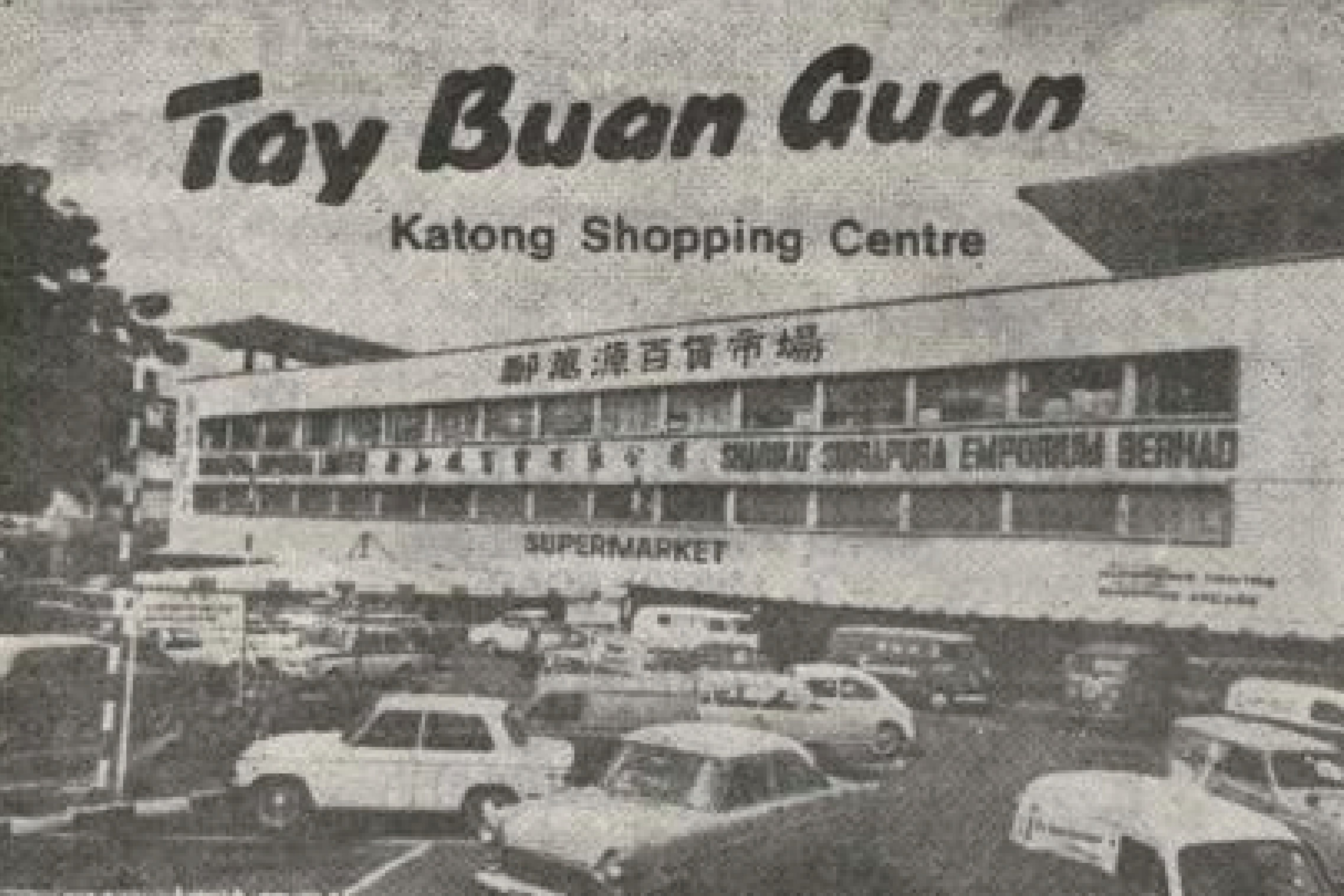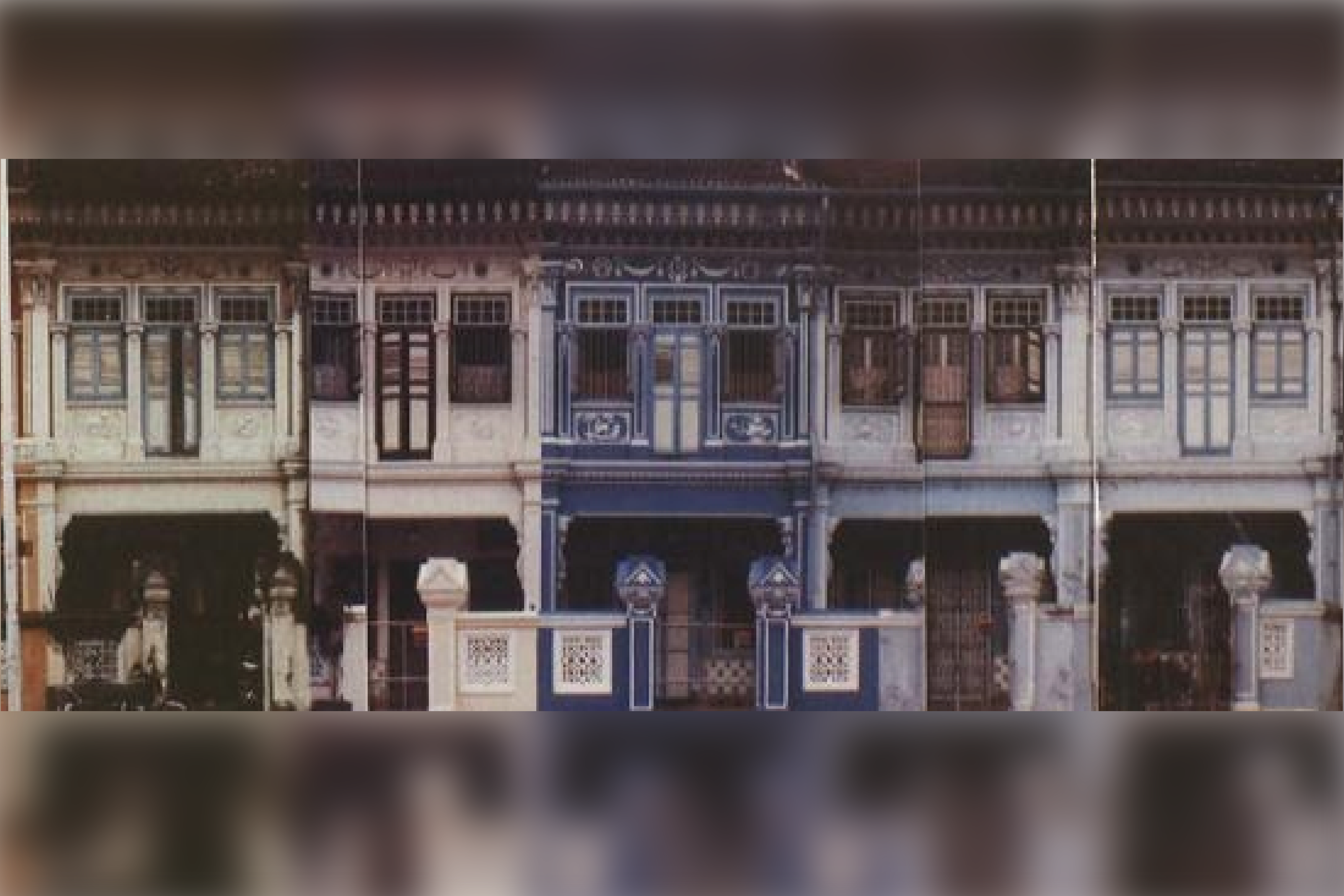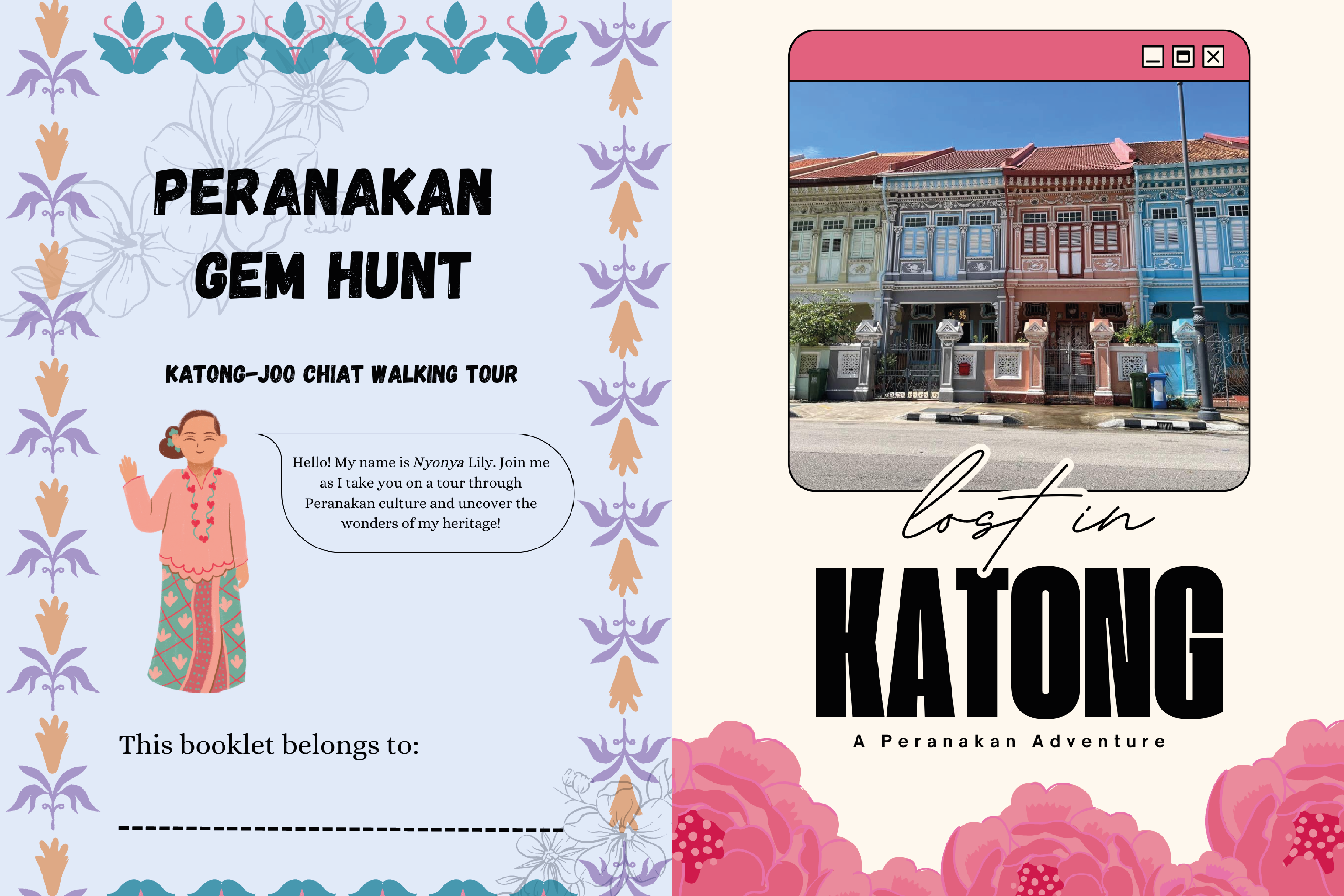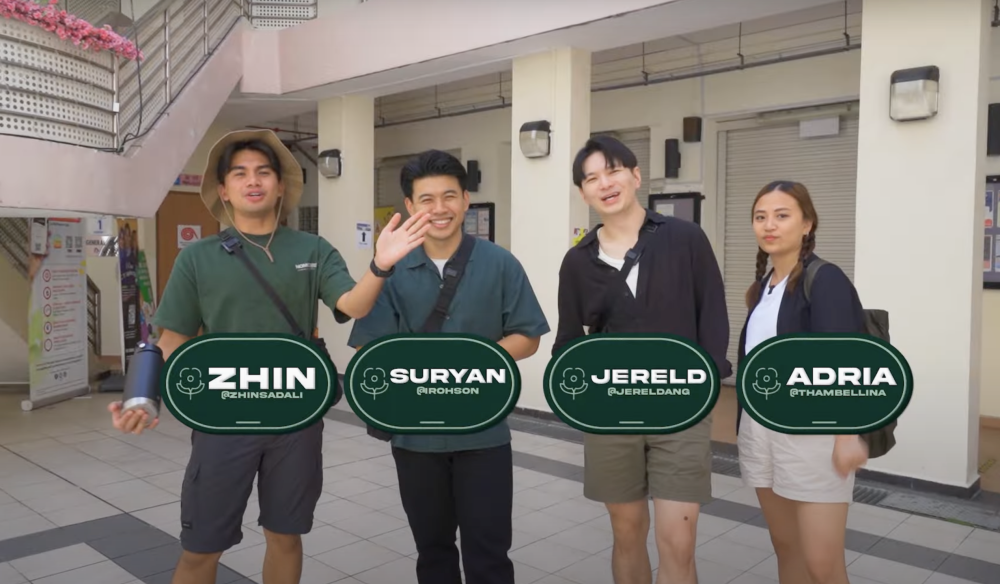Cultural and religious institutions
Cultural and religious institutions that have sprung up around Katong-Joo Chiat also reflect the heritage and practices of its resident communities.
-
Geylang Serai is one of the oldest Malay settlements in Singapore, known within the Malay Archipelago as the Malay emporium of Singapore. Geylang Serai’s name comes from the extensive serai (Malay for “lemongrass”) cultivation on the Perseverance Estate in the 19th century. Geylang Serai’s population gradually grew, with the government constructing flats, industrial estates and modern shopping complexes by the early 1980s. Along with the modernisation programme, the government established a one-hectare site called the Malay Village to showcase a replica of a Malay kampong and to promote traditional Malay handicraft and cultural activities. Today, the neighbourhood is a vibrant community hub and hosts the popular Geylang Serai Ramadan Bazaar.
-
Sri Senpaga Vinayagar Temple, situated on Ceylon Road, was established in the mid-19th century by Ceylonese Tamils from Sri Lanka. The temple traces its history and name to the 1850s when Tamil labourers, along with a prominent member of the Ceylonese community, Ethirnayagam Pillay, installed a stone statue of the Elephant God, Vinayagar, under a senpaga tree. From that simple attap shed, the temple has been developed over the years and is now a building in the ancient South Indian temple architectural style featuring a 21-metre-tall main tower and a 4.5-metre-high teakwood door. It has been designated as a historic site and is presently visited by tourists and temple worshippers alike.
-
Church of the Holy Family, also known as Katong Catholic Church, has been a centre of activity for the Roman Catholic community in the East Coast area since it was built in 1932. The church's beginnings were humble, starting out with a small group of Eurasian families gathering for prayers at the home of the De La Salle Brothers and followed by a small chapel. As Katong developed and its Catholic community grew, a larger building was needed for the congregation. The chapel was demolished to make way for what would become the Church of the Holy Family; in the interim, permission was sought to use the Arcadia, the first cinema hall in Katong and predecessor to Roxy Cinema, to hold Sunday mass.
Artists
The Katong-Joo Chiat area has inspired artists over the years and has been celebrated and memorialised in Singaporean works of art, music, and literature.
-
The Malay folk song, “Di Tanjong Katong”, recalls the time when Tanjong Katong was a coastal stretch overlooking the blue waters of the east coast.
Listen to it here. -
“Katong Blues”, composed and performed by “Father of the Guitar” and Cultural Medallion recipient Alex Abisheganaden, was inspired by the insouciant and carefree spirit of Singaporean Eurasians who lived in Katong.
Listen to it here. -
Poet and writer Ho Poh Fun published her collection Katong and Other Poems in 1994, which won the National Book Development Council of Singapore’s Commendation Award for poetry.
-
The studio of the late sculptor and Cultural Medallion recipient Ng Eng Teng was located at 106 Joo Chiat Place.
-
Artist and Cultural Medallion recipient Teo Eng Seng transformed his Peranakan home in Katong into Muse House to hold exhibitions of his works and those of second-generation artists and new artists for free.
About National Library Board
The National Library Board (NLB) nurtures Readers for Life, Learning Communities and a Knowledgeable Nation by promoting reading, learning and history through its network of 28 libraries, the National Library and the National Archives of Singapore. NLB also forges strategic partnerships that encourage awareness, appreciation and greater discovery of Singapore’s history through its rich collections on Singapore and the region.




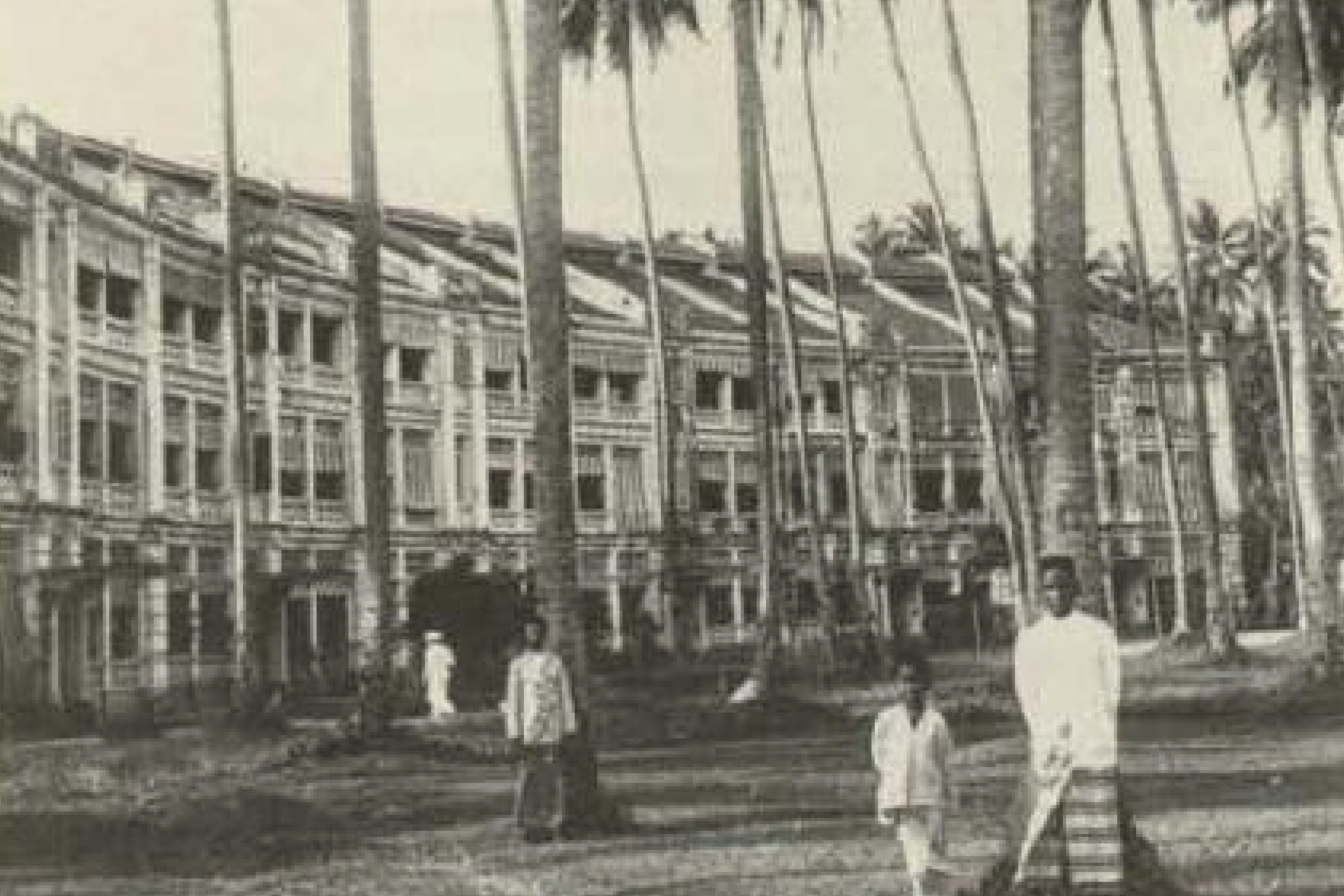
 Historical Malaccan-style Peranakan terrace houses on Koon Seng Road before 1986. Image from Conserving Our Remarkable Past by the Urban Redevelopment Authority (1986), available in NLB’s collection.
Historical Malaccan-style Peranakan terrace houses on Koon Seng Road before 1986. Image from Conserving Our Remarkable Past by the Urban Redevelopment Authority (1986), available in NLB’s collection. 